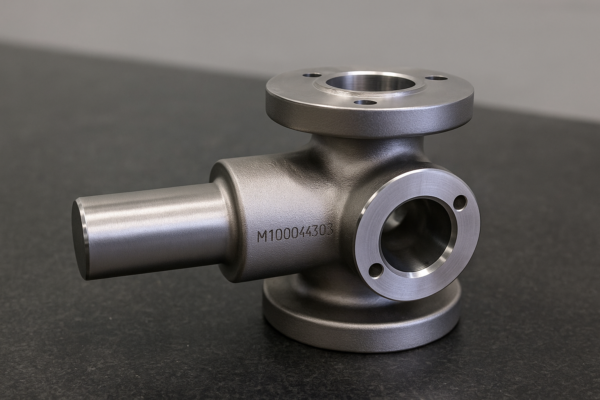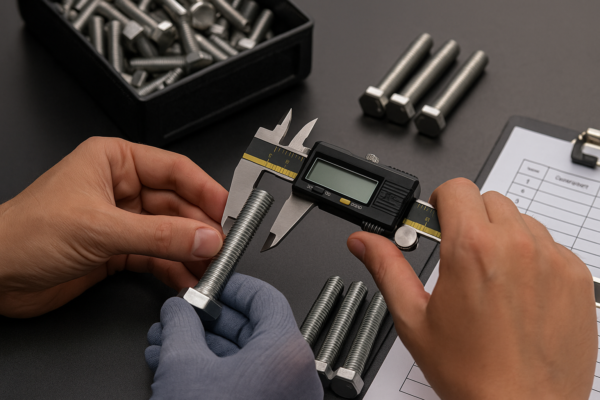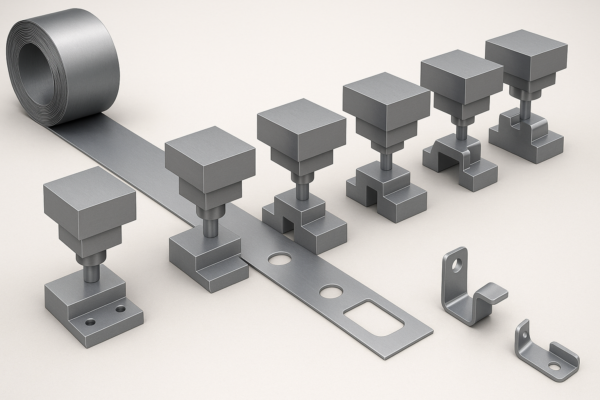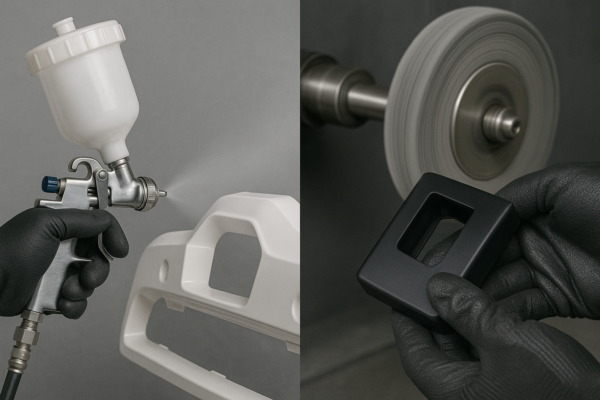What is the difference between a welder and a sheet metal worker?

Welders and sheet metal workers both work with metal, but their skills, tools, and goals are quite different.
A welder specializes in joining metals, while a sheet metal worker focuses on cutting, shaping, and assembling thin metal sheets.
Stay with me. I will clearly explain each role and how Prime’s expertise covers both areas with precision.
Is a sheet metal worker the same as a welder?
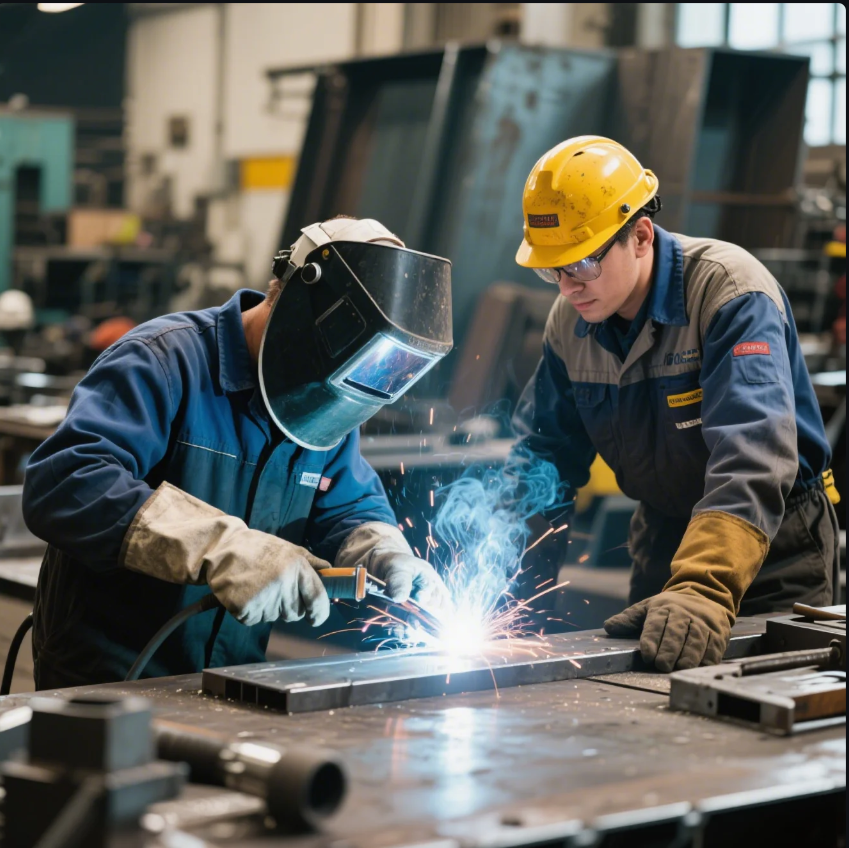
Although some skills overlap, sheet metal workers and welders have distinct responsibilities and training.
Sheet metal workers and welders are different trades; sheet metal workers cut, bend, and form metal, while welders mainly join metals.
How Their Work Differs
Here’s a quick comparison:
| Trade | Main Tasks | Tools Used |
|---|---|---|
| Sheet Metal Worker | Cut, bend, shape, and assemble sheets | Shears, brakes, rollers |
| Welder | Fuse metals together permanently | Welding torches, MIG/TIG equipment |
At Prime, our "custom stamping parts supplier" teams are trained in both fields when projects require multi-skilled craftsmanship, especially for parts needing both shaping and final welding.
I remember a major order for HVAC ducts that required intricate bends and airtight welds. Combining both skills ensured faster production and better results.
What is the difference between metal working and welding?
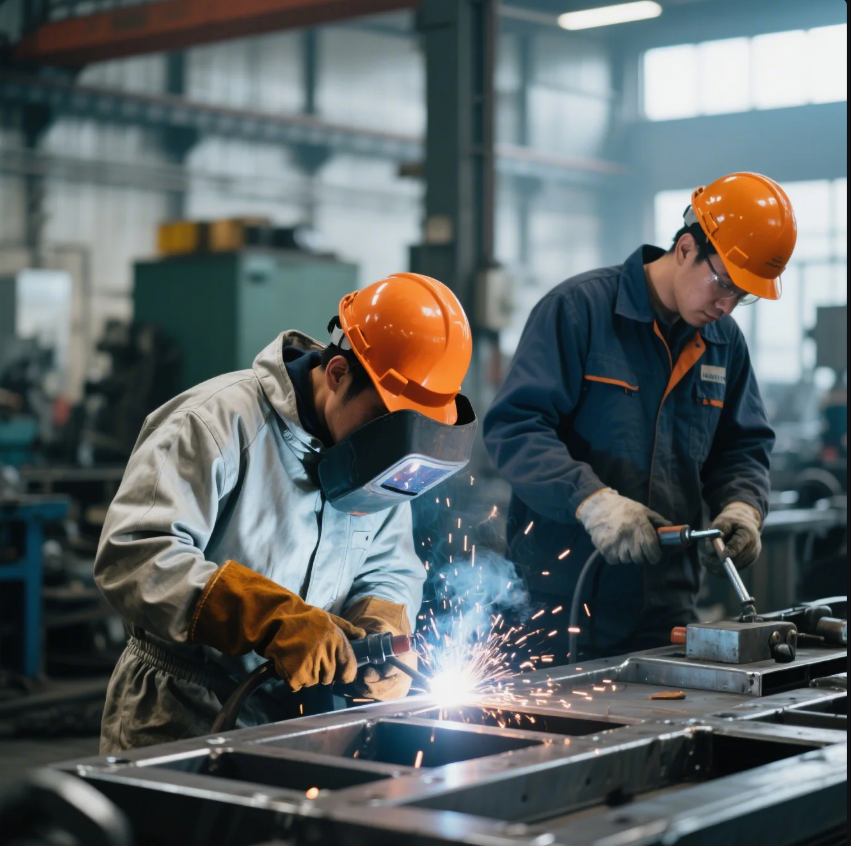
Metal working is a broad field that includes many processes, while welding is just one specialized method within it.
Metal working involves cutting, forming, machining, and welding, while welding specifically refers to joining metals.
Metalworking vs. Welding Explained
Here’s how the two fit together:
| Category | Description | Examples |
|---|---|---|
| Metal Working | All processes to manipulate metals | Cutting, bending, machining, welding |
| Welding | Only joining metals by heat or pressure | MIG welding car frames |
At Prime, we specialize in full-cycle solutions. When we manufacture "ISO certified casting parts manufacturer" components, we often combine cutting, machining, forming, and welding into one seamless process.
One project for a Middle East client involved cutting, forming, welding, and final machining — all under one roof. That level of integration saved them 15% in production costs.
What is the difference between a welder and a metal fabricator?
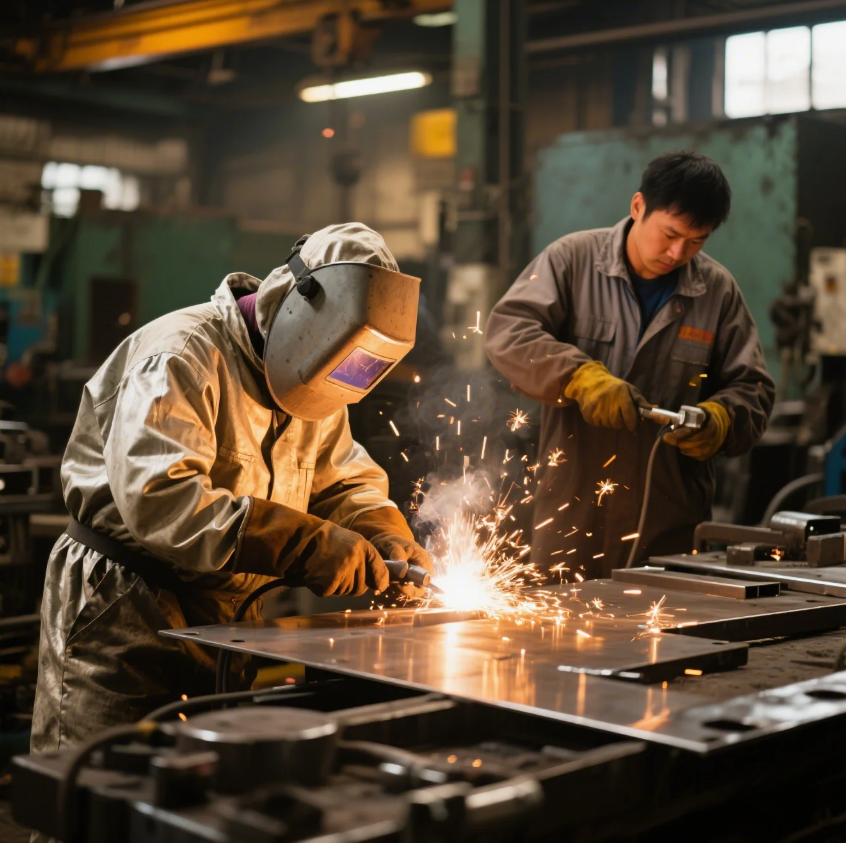
Welders and metal fabricators work together, but fabricators handle a wider range of tasks beyond welding.
A metal fabricator builds entire structures or components using cutting, bending, and welding, while a welder focuses solely on the joining part.
Fabricator vs. Welder Roles
Here’s a side-by-side view:
| Role | Main Focus | Skill Set |
|---|---|---|
| Welder | Joins metals together | MIG, TIG, stick welding |
| Fabricator | Builds complete assemblies | Reading blueprints, measuring, cutting, welding |
At Prime, when we deliver "precision CNC parts machining" products, we often pair fabricators and welders. Fabricators set up frames and shapes; welders lock them into permanent structures.
I recall one American client needing complex stainless steel frames for medical equipment. Our fabricators built the base structures, and our welders ensured strong, clean joins, making the project flawless.
What is the difference between welding and fab?

"Fab" is short for fabrication, covering the full process of building metal parts, while welding is just one step in fabrication.
Welding is part of fabrication; fabrication includes cutting, bending, assembling, and welding to create a finished product.
Step-by-Step View
Here’s how fabrication typically works:
| Step | Activity | Example |
|---|---|---|
| 1 | Cutting raw metal to size | Laser cutting sheet panels |
| 2 | Bending and forming | Brake press forming angles |
| 3 | Assembling components | Positioning parts for fitting |
| 4 | Welding parts together | MIG welding frames |
| 5 | Finishing | Grinding, polishing, coating |
At Prime, our fabrication services ensure every step meets ISO quality standards. Whether it’s "custom stamping parts" or welded assemblies, we control the whole process for maximum reliability.
One European client recently praised how they could source fully finished, welded, and machined parts from us instead of managing multiple suppliers — cutting their procurement process time by half.
Conclusion
Sheet metal workers and welders have different but complementary skills. Both are critical in metal fabrication projects. Contact Prime today for custom industrial metal parts backed by ISO certification, rapid delivery, and full-cycle manufacturing expertise!
———

